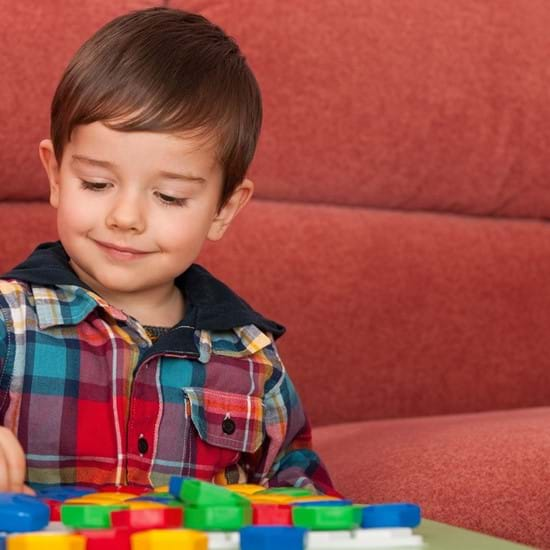
Anxiety in Children: How Parents Can Help?

Written by: Nanny Secours
Words like “stress,” “anxiety,” or “anxiety disorders” are rapidly making their way into our vocabulary. The sources of worry are various. These include work, family, marital relationship, responsibilities, kids’ activities, and so on. Children are unfortunately not spared, and some are more prone to emotional discomfort than others. Here are some coping strategies to help your child.
Be empathetic
It’s important to take the time to listen to your child when he’s confronted with an anxiety-provoking situation. Although it might seem like he’s having an over-reaction, remember that his feelings appear genuine to him. Consequently, the key is not to trivialize his feeling but rather to help him become aware of the reaction it sets off in his body (rapid breathing, racing heart, tension, cold sweat, etc.) so that he can identify and articulate what makes him nervous.
Acknowledge the source and face it
By paying attention and observing your child’s behaviour, you will be able to identify the source of his worry. Once this is done, you can develop the best suited plan of action to help the child address the challenge in a progressive manner. You can start off by establishing small, manageable goals for your child.
Encourage your child to express his fears through art
For some children, the experience of drawing, painting or writing will shrug off their fears. One of the benefits of using such means of expression is that the child can transform his fear into something less frightening and regain control of the situation.
Encourage your child to talk openly about his fears
By questioning and discussing with your child about his fears, you allow him to have a better understanding of his feelings.
Avoid being overprotective
When a child is afraid of something, the initial instinct of a parent is to be reassuring. Obviously, it is important to let the child know that his parents are there for him. However, excessive reassurance (or overdoing it) is not recommended; even though the parent’s intent is well-meant, the message being sent has the effect of legitimizing the child’s fears.
Lead by example
As the apple does not fall far from the tree, it would make sense to question ourselves about our own anxiety issues, e.g. “What makes me anxious? Do I control my anxiety and how? Is it possible that my anxiety was passed down to my child through some of my behaviours?” Seeking outside support can help us see the big picture.
Set out clear rules and clear routines
Anxious kids feel reassured when clear and unchanging boundaries are established for them.
Make use of pictograms
Visual supports help children situate themselves in time. For example, you can display the order of the morning routine; at all time, this will allow your child to anticipate what’s going to happen next.
Cause new situations to arise
New situations are often a source of stress and anxiety for kids. A number of parents will be tempted to avoid it as much as possible to prevent the child from having discomforting feelings. However, by confronting unfamiliar experiences, children can learn how to handle the stress of the new situation.
Anxious children need support as they develop emotion-handling skills. Our role is to provide them with the tools necessary to accomplish that. Therefore, there should be no hesitation in consulting if your child’s anxiety is causing distress.



